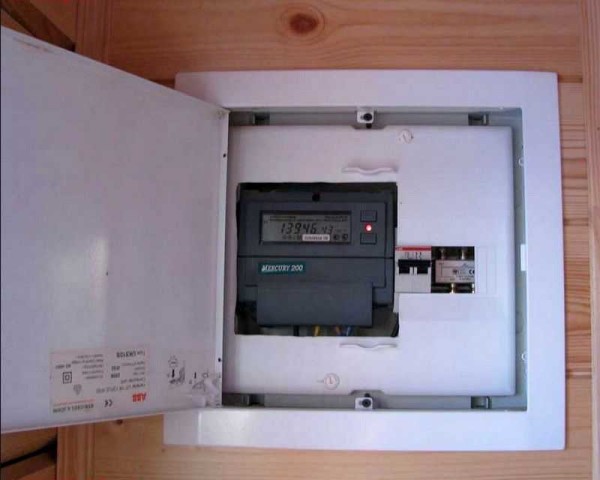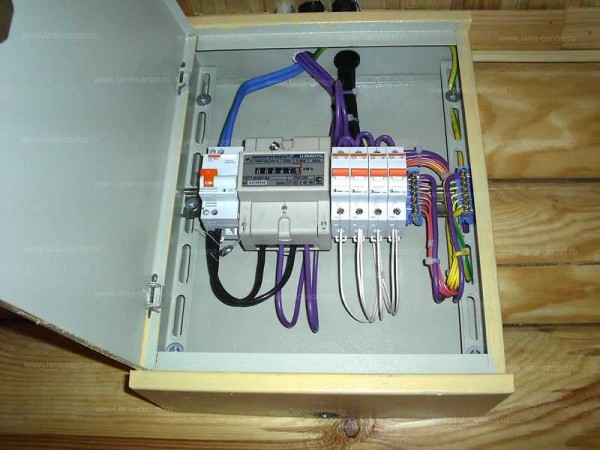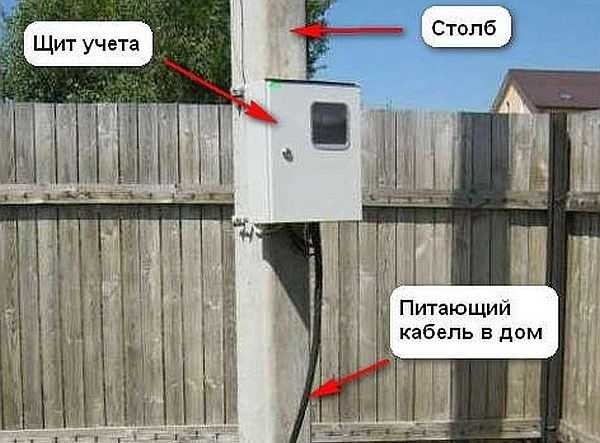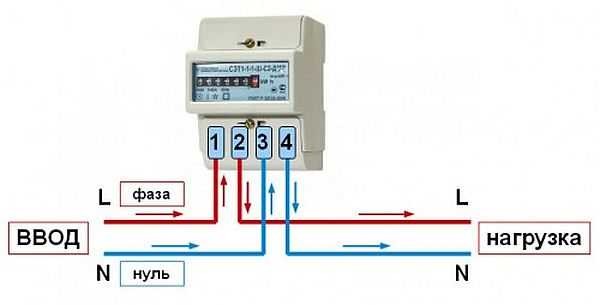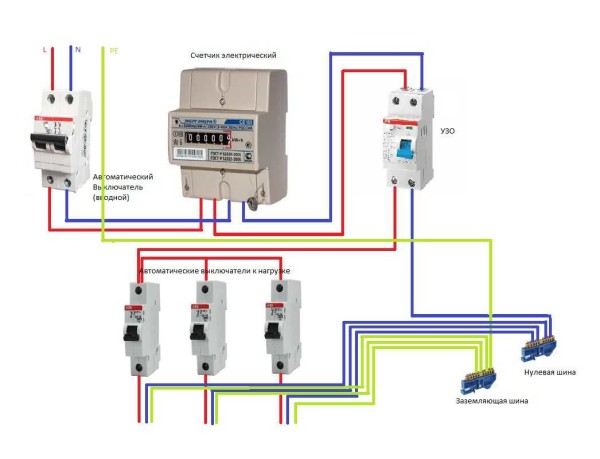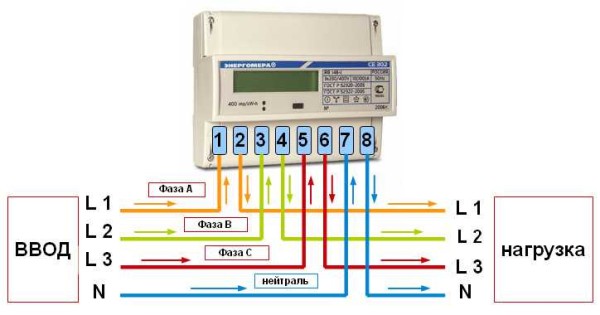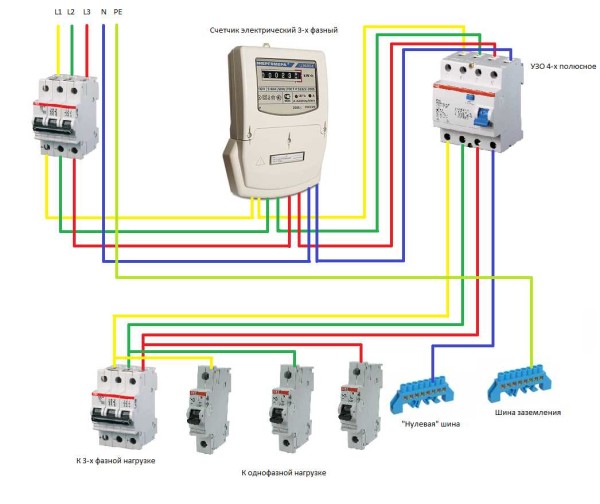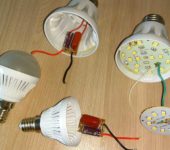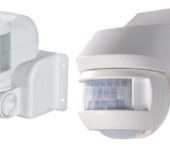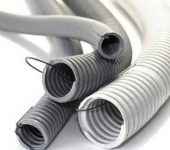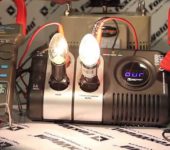How to connect the meter yourself: single-phase and three-phase
Commissioning or reconstruction of electrical wiring in a house or apartment is rarely complete without installing or replacing an electric meter. According to the standards, work can only be performed by specially trained people who have permission to work in networks with voltages up to 1000 V. But you can install all the elements, connect the meter to the load (electrical appliances) without connecting the power yourself. Then it is necessary to call a representative of the energy supplying organization for testing, sealing and starting the system.
Meter connection: rules and basic requirements
Exactly all the requirements are spelled out in the PUE, and the basic rules are as follows:
- Must be installed with weather protection. Traditionally they are mounted in special boxes (boxes) made of non-combustible plastic. For outdoor installation, the boxes must be sealed and must provide the ability to control the readings (have a glass opposite the display).
- It is fixed at a height of 0.8-1.7 m.
- The meter is connected with copper wires with a cross-section corresponding to the maximum current load (available in the technical conditions). The minimum cross-section for connecting an apartment electricity meter2.5 mm2 (for a single-phase network, this is a current of 25 A, which is very small today).
- Conductors are used insulated, without twists and branches.
- With a single-phase network, the date of state verification of the meter is no older than 2 years, with a three-phase network - one year.
The place of installation of the meter in apartment buildings is regulated by the project. The meter can be installed on the staircase or in the apartment - in dashboard... If placed in an apartment, it is usually not far from the door.
There are also several options in a private house. If the post is in the yard, you can place the meter on the post, but better indoors. If, according to the requirements of the power supply organization, it should be located on the street, they put it on the front side of the house in a sealed box. The machines for consumer groups (various devices) are mounted in another box in the room. Also, one of the requirements when installing electrical wiring in a private house: the wires must be visible visually.
To be able to carry out work on the electric meter, an input switch or automatic machine is installed in front of it. It is also sealed, and there is no way to put a seal on the device itself, like on a counter. It is necessary to provide for the possibility of a separate sealing of this device - buy a small box and mount it inside the apartment panel or put it separately on the landing. When connecting a meter in a private house, the options are the same: in one box with a meter on the street (the entire box is sealed), in a separate box next to it.
Read here how to conduct electricity from the pole to the house.
Two-tariff meters and the calculation of their efficiency are described here.
Single-phase electric meter connection diagram
Meters for a 220 V network can be mechanical and electronic. They are also divided into one-rate and two-rate. Let's say right away that the connection of a meter of any type, including a two-tariff one, is carried out according to the same scheme. The whole difference is in the "filling", which is not available to the consumer.
If we get to the terminal plate of any single-phase meter, we see four contacts. The connection diagram is indicated on the back of the terminal block cover, and in the graphic image everything looks like in the photo below.
If you decipher the circuit, you get the following connection order:
- Phase wires are connected to terminals 1 and 2. The phase of the input cable comes to 1 terminal, the phase goes from the second to the consumers.During installation, the load phase is connected first, after its fixing - the input phase.
- The neutral conductor (neutral) is connected to terminals 3 and 4 in the same way. To the 3rd contact is neutral from the input, to the fourth - from consumers (machines). The order of connecting the contacts is the same - first 4, then 3.
The circuit for understanding is simple: from the input zero and the phase are fed to the input of the circuit breaker. From its output, they go to the counter, and, from the corresponding output terminals (2 and 4), go to the RCD, from the output of which the phase is fed to the load automatics, and the zero (neutral) goes to the zero bus.
Please note that the input machine and the input RCD are two-pin (two wires come in) so that both circuits open - phase and zero (neutral). If you look at the diagram, you will see that the load machines are single-pole (only one wire goes to them), and the neutral is supplied directly from the bus.
Watch the meter connection in video format. The model is mechanical, but the process of connecting the wires itself is no different.
The self-assembly of the switchboard is described in this article.
How to connect a three-phase meter
There are three phases in the 380 V network, and electricity meters of this type differ only in a large number of contacts. The inputs and outputs of each phase and neutral are arranged in pairs (see diagram). Phase A goes to the first contact, its output to the second, phase B - input to the 3rd, output to the 4th, etc.
The rules and order of work are the same, only more wires. First we clean, align, insert into the connector and tighten.
The connection diagram for a 3-phase meter with a consumption current of up to 100 A is practically the same: input automatic counter-RCD. The only difference is in the wiring of phases to consumers: there are one- and three-phase branches.

